The secret formula: What you count is not always what it’s worth!
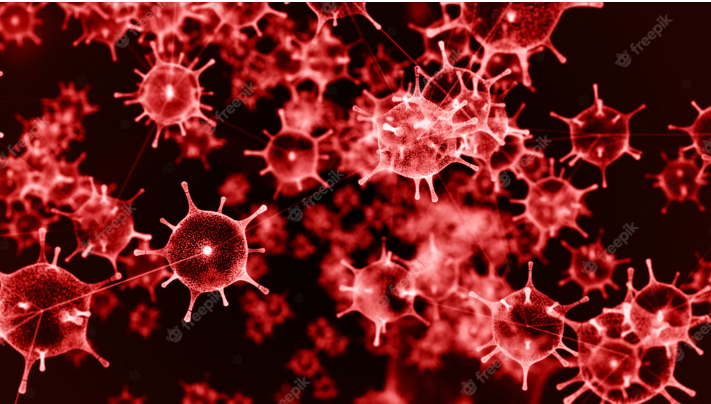
Hey, STEAM friends! And if you ever wonder why your friend always recovers faster than you, maybe transposables are playing a part in that story! Yes, yes, you read that right! These tiny little critters that reproduce faster than rabbits in a race. Scientists have always had a way to measure how a bacterial population grows, but here’s the kicker, folks: that method had a massive flaw! It turns out that they were only counting the cells and not measuring how quickly those bacteria multiplied or died. What a funnel!
But researchers at the Max Planck Institute for Marine Microbiology in Bremen decided to change the game; they grabbed their microscopes and went to observe a spring bloom in the German Bight, as if they were on a hiking trip; there, they began to analyze how these bacteria reproduced and challenged the old dogmas. The people in charge of the research put on quite a show, they not only counted the cells, but they also noticed how many were dividing at that very moment! So, using all the math in the world, they were able to figure out which bacteria multiplied the fastest in their natural environment.


Jan Brüwer, one of the researchers involved, tells us that they used state-of-the-art methods to visualize and count dividing cells. When a cell is dividing, it has to split its DNA between its daughter cells. Like an inheritance that divides! So the scientists were able to clearly identify these cells based on how the DNA was distributed in them. A microscopic detective game! And here comes the most exciting thing, the results of this scientific expedition left us all surprised, they discovered that the most common group of bacteria in the ocean, SAR11, multiplied almost ten times faster than previously thought. They were the sprinters of cell division! Not only that, growth rates did not always match the abundance of bacteria in the water. In other words, if they multiplied a lot but there weren’t many, it was because they were popular victims of predators or viruses! They were like the ocean’s favorite snack.
But that’s not all folks, SAR11 bacteria were multiplying like crazy before the algae blooms started in the North Sea. As if they were drinking Red Bull straight from the ocean! but we still don’t know where they get that much-needed energy from. Sure, not all bacteria behaved as strangely as SAR11, some behaved more or less as expected. Their growth rates and cell counts lined up perfectly, no surprises here guys. The important thing is that these results teach us a lot about the cycles of elements in the ocean.
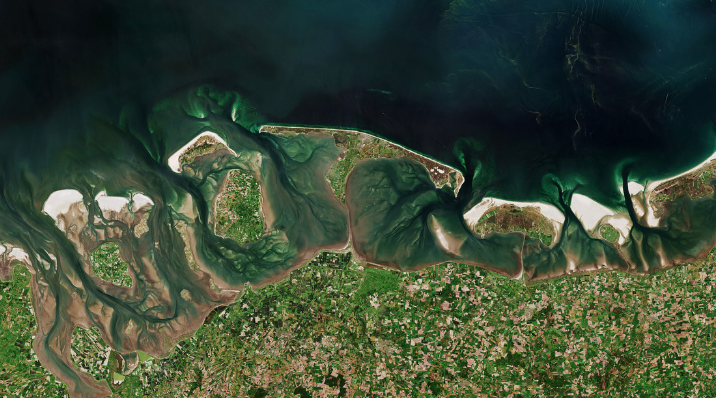
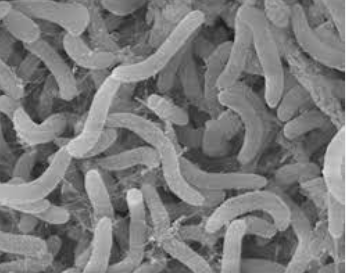
The most abundant bacteria, SAR11, are more active and multiply faster than we imagined. Also, the overall turnover of bacteria during algae blooms is faster than we thought. This groundbreaking study opens the doors to very interesting discussions about the ecological relationships during spring blooms and in the ocean in general. Let’s not forget that microscopic life also has its leading role on this great stage called planet Earth!
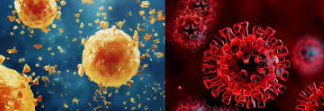
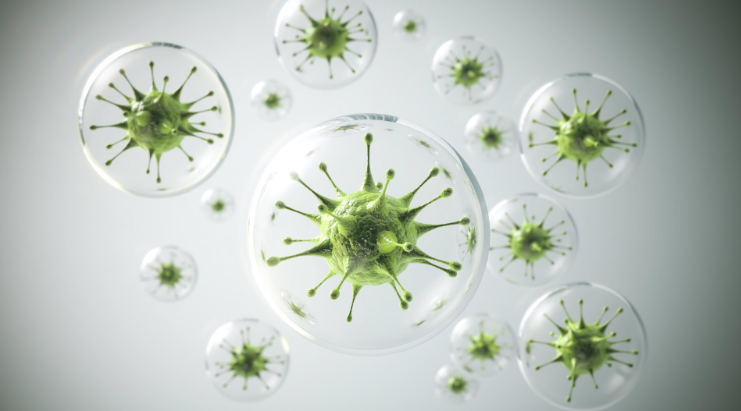
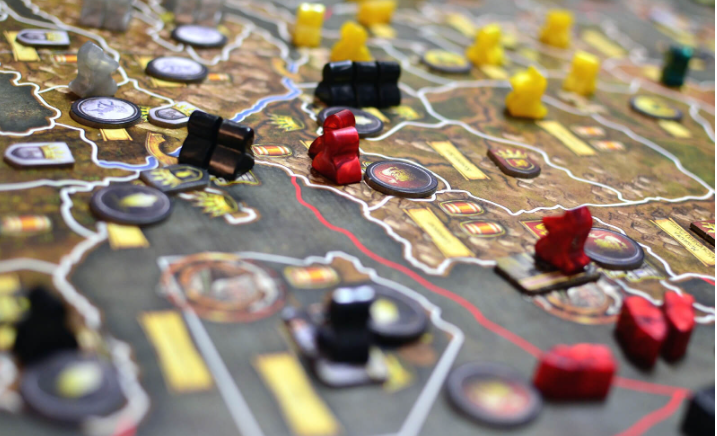


Responses